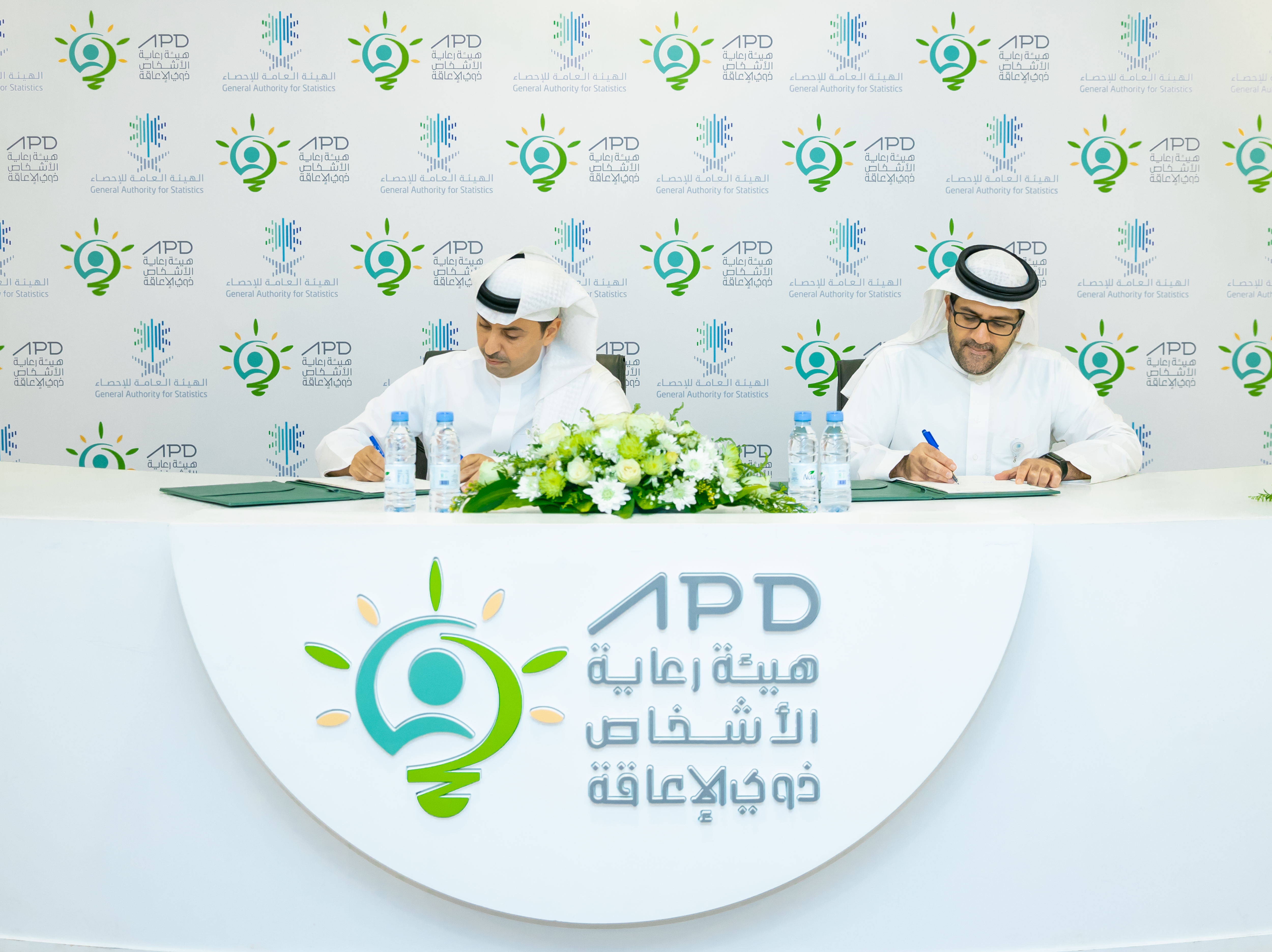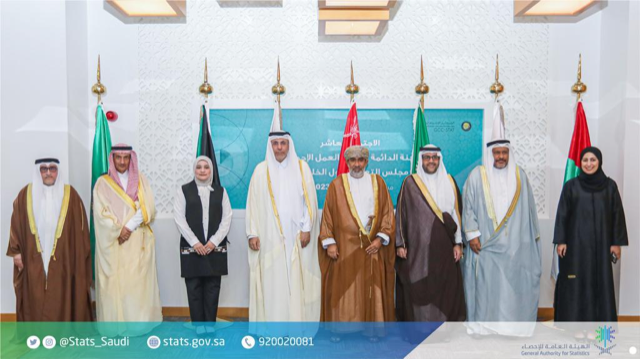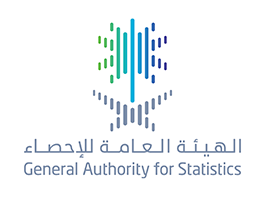Official government website of the Government of the Kingdom of Saudi Arabia
Links to official Saudi websites end withgov.sa
All links to official websites of government agencies in the Kingdom ofSaudi Arabia end with .gov.sa
Government websites use theHTTPSprotocol for encryption and security.
Secure websites in the Kingdom of Saudi Arabia use the HTTPS protocolfor encryption.

To Exchange technical and cognitive expertise and support The General Authority for the Care of Persons with Disabilities signs a memorandum of cooperation with the General Authority for Statistics
23-10-2023

GCC Permanent Committee for Statistical Work holds its 10th meeting in Muscat
23-10-2023
To enhance statistical cooperation Organization of Islamic Cooperation Statistical Commission meets in Jeddah
03-10-2023

GASTAT Population’s unemployment rate decreases to 4.9% in Q2/2023
28-09-2023

To Exchange technical and cognitive expertise and support The General Authority for the Care of Persons with Disabilities signs a memorandum of cooperation with the General Authority for Statistics
23-10-2023

GCC Permanent Committee for Statistical Work holds its 10th meeting in Muscat
23-10-2023
To enhance statistical cooperation Organization of Islamic Cooperation Statistical Commission meets in Jeddah
03-10-2023

GASTAT Population’s unemployment rate decreases to 4.9% in Q2/2023
28-09-2023